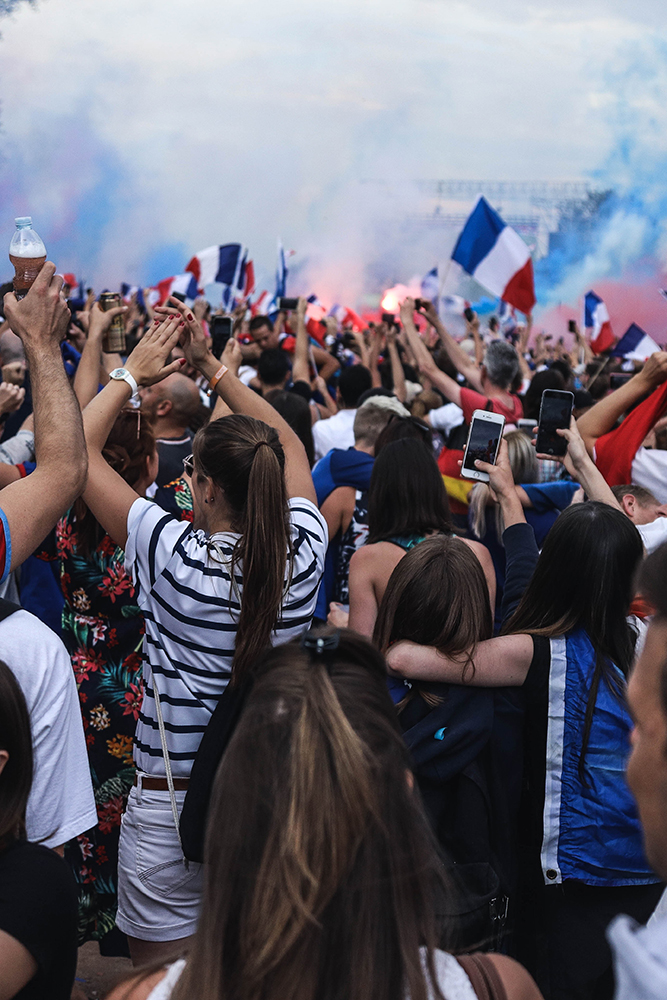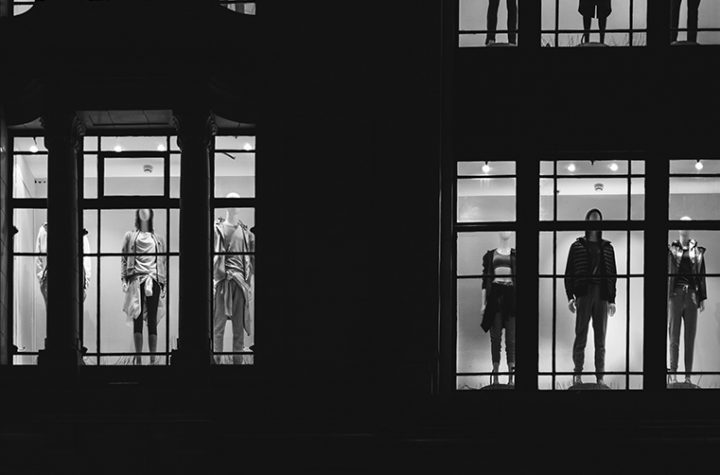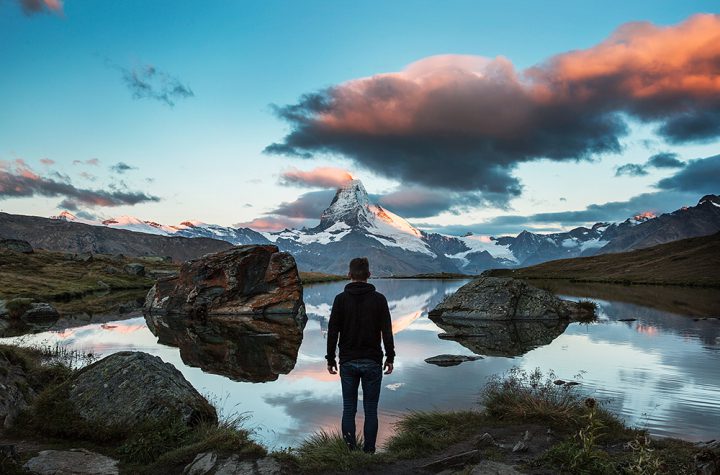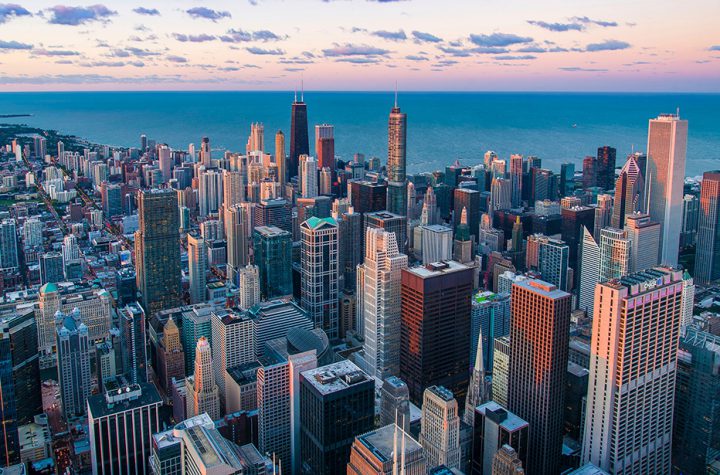
For a short time the Brazilian city of Manaus, in the heart of the Amazon rainforest, offered a glimmer of hope in the search for herd immunity from Covid-19.
After a devastating wave in May killed about 3,400 people and infected many more, the prevalence of the virus subsided rapidly, leading some scientists to theorise that the city of 2m had reached a form of collective immunity.
That hypothesis is now in doubt as a resurgence in cases in Manaus poses fresh challenges to the authorities and difficult questions for the scientists and policymakers worldwide who have been edging toward herd immunity policies as an alternative to harsh lockdowns.
“How do you explain the number of [daily] deaths being in the 30s yesterday and the 50s today?” said Arthur Virgilio, the mayor of Manaus. “What has caused the death rate in Manaus to increase?”
Crosses for graves at Nossa Senhora cemetery in Manaus: daily burials and cremations in the city dropped to fewer than 90 but cases — and deaths — have surged again recently © AFP via Getty Images
In the UK and US, the debate on herd immunity was reignited this week by the publication of the Great Barrington Declaration by a group of medical scientists who called for a public strategy of “focused protection” to build up herd immunity.
The scientists say coronavirus should be allowed to circulate among the young and healthy, while older people and those with existing medical conditions are shielded from infection. They point out that the risk of dying from the virus is more than 1,000 times higher in the old and infirm than in the young.
“As immunity builds in the population, the risk of infection to all — including the vulnerable — falls,” the declaration reads. “Our goal should therefore be to minimise mortality and social harm until we reach herd immunity.”
In western Europe, infection and antibody surveys suggest that about 8 per cent of the population has some Covid-19 immunity, though the level is higher — perhaps up to 20 per cent — in cities such as London and Madrid. In the US, more than a quarter of New York City residents could have some form of immunity.
But these levels fall well short of what would be considered the threshold for herd immunity, which is nearer 60 per cent. That is reflected in the latest European data, which shows that many of the same places that suffered the worst virus outbreaks in the spring are among those with an autumn resurgence.
Paris, which bore the brunt of the first virus wave, is recording higher case rates than any other region of France in the second phase. Madrid is again at the centre in Spain after being among the hardest hit parts of the country in April. The north of Italy, where the virus took hold in March, has not been spared in the second wave.
In South Africa, a study released last month found virus antibodies in 40 per cent of samples taken from pregnant women and people living with HIV who attended public clinics in Cape Town, where the country’s first main urban outbreak took place.
Confirmed new daily cases in South Africa have slowed from about 12,000 in July to about 1,000 currently, which Marvin Hsiao, a University of Cape Town virologist, attributed to “semi-herd immunity”.
Public health experts in India also say that some of the country’s most densely populated slums appeared to be moving towards a form of herd immunity — though they are wary of describing it as such.
“Herd immunity is a concept used more for vaccinations instead of disease,” said Shahid Jameel, chief executive of the DBT/WellcomeTrust India Alliance, a biomedical research charity. “You can’t really talk about herd immunity in a state or a country. It’s more about clusters.”
Studies have found 51 per cent of residents of the city of Pune and about 45 per cent of slum-dwellers in Mumbai had virus antibodies that indicated some prior exposure — and immunity — to the virus. Nationally, however, this falls to just 6.6 per cent of Indians over the age of 10.
“In our slums we’ve almost reached herd immunity, but that doesn’t apply to the country as a whole,” said Zarir Udwadia, a respiratory specialist at Mumbai’s Hinduja Hospital and Research Centre.
Patients queue outside a coronavirus testing site in Brooklyn: scientists suggest that more than a quarter of New York City residents could have some form of immunity © AP
The uncertainty and continued debate shows how much remains unknown on the way Covid-19 spreads and the duration of immunity.
“We do not know yet how long immunity will last, so achieving herd immunity may not be simple,” said James Naismith, director of the Rosalind Franklin Institute in the UK.
“We don’t have herd immunity to the common cold,” he pointed out. There has been multiple reports of people being reinfected with the virus a few months after a first infection.
Rupert Beale, a biologist at London’s Francis Crick Institute, called hopes of protection from the virus “wishful thinking”.
“We know that immunity to coronaviruses wanes over time, and reinfection is possible. So lasting protection of vulnerable individuals by establishing ‘herd immunity’ is very unlikely to be achieved in the absence of a vaccine,” he said.
In Manaus, daily burials and cremations dropped from about 350 at the May peak to fewer than 90 last month. But cases have surged again in recent weeks and deaths increased for the first time since April, according to data from the Manaus prefecture.
Hospital admissions data in Manaus suggest a similar picture to India. The resurgence in hospital admissions has been driven by wealthier people going into private hospitals, but public hospitals are gradually emptying of Covid-19 patients.
“It’s too early to say there’s a second wave or that Manaus has achieved group immunity. What’s clear is the sustained growth of cases in recent weeks,” said Marcelo Gomes, a co-ordinator at the Fiocruz Institute in Rio de Janeiro.
Mr Virgilio, the mayor, added: “I want immunity to come from a vaccine. Not from the herd.”
Bryan Harris and Carolina Pulice in São Paulo, Clive Cookson and John-Burn Murdoch in London, Amy Kazmin in New Delhi and Joseph Cotterill in Johannesburg





More Stories
After a cluster of new COVID-19 cases among the White House staff and a campaign offical, the election night watch party in the White House has become another symbol of U.S. President Donald Trump’s cavalier attitude toward a virus that is ripping across the …
Rob Lucas says the SA economy is forecast to go backwards by 0.75pc in 2020-21, a better outcome than a national economy forecast to shrink 1.5pc.
Labor and crossbench senators want changes to JobMaker, arguing too many workers will be excluded from the hiring credit scheme.